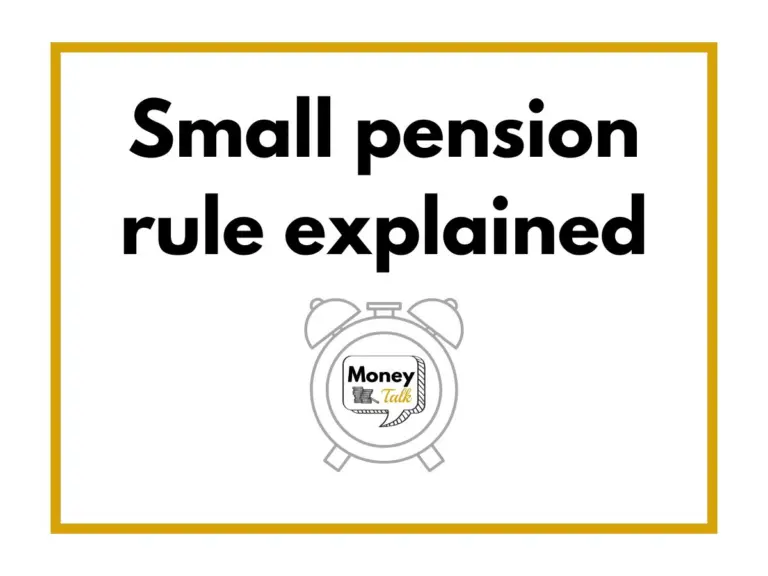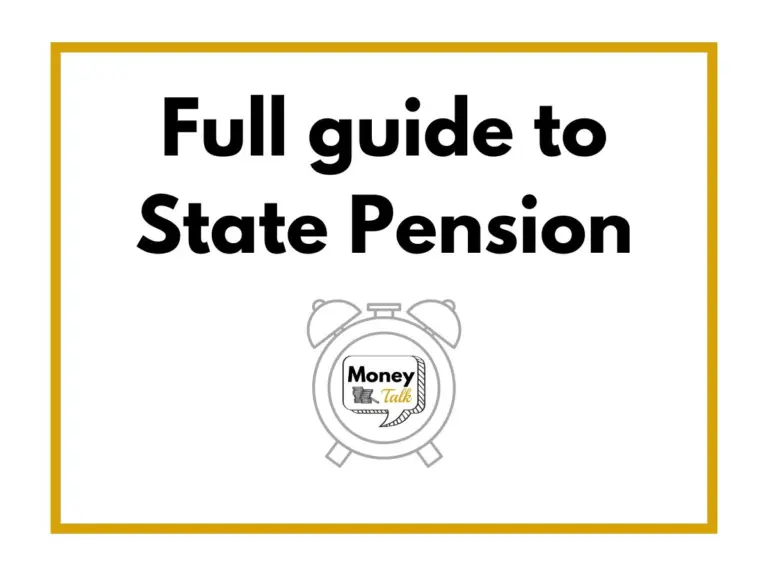How do SIPPs work? Your guide to self-invested personal pension
Money Talk is intended to inform and educate; it's not financial advice. Affiliate links, including from Amazon, are used to help fund the site. If you make a purchase via a link marked with an *, Money Talk might receive a commission at no cost to you. Find out more here.
Despite having been around for more than 30 years, a SIPP (self-invested personal pension) is still one of the least popular pension options around.
It’s no surprise really.
When it first launched in 1989 (by Nigel Lawson no less), the costs were so high that it presented poor value for money unless you had a big portfolio.
But thanks to improved technology and more competition, the associated fees have dropped significantly, meaning it’s much more accessible for everyone.
And yet, given the huge range of investment options made available by SIPPs, it can still be overwhelmingly complicated to administer for the average person.
With that in mind, I got some insights from Tony Clark, senior propositions manager for pensions at St. James’s Place Wealth Management, on when a SIPP might work for you.
What’s the biggest benefit of having a SIPP?
“The biggest plus of a SIPP is the flexibility,” says Clark. “It offers the ability to invest in a broader range of assets, which is hard to look past if you want to increase the scope of your investment.”
Specifically, SIPPs allow you to invest in categories that are not available to traditional personal pensions, such as commercial property and land, as well as shares in a specific company.
Exactly what you can invest in as part of your SIPP is dictated by who your provider is, so do shop around if you have a specific type of asset you want to invest in.
It’s also worth bearing in mind that Investing in these assets can mean greater returns, but also greater losses, including losing your original investment.
For comparison, the money saved in personal pensions is generally allocated to a specific fund.
The fund then invests in a range of different assets that can include shares, bonds and cash – but you don’t get as much choice in where that money goes.
Most personal pension providers will let you choose your risk profile.
Some will also let you choose which fund your money is invested in so you can for example opt for ESG-only (Environmental, Social, and Governance) funds.
Are there any downsides to having a SIPP?
The aforementioned risk factor is obviously one downside, and the complexity is another. There are also the associated costs to consider.
Like other types of pensions, SIPPs incur management fees but some also come with platform fees, set up fees and transaction fees.
And unless you’re comfortable enough and have the time to research your own investments, you’ll also need to pay for financial advice.
Who is SIPP is most suitable for?
A SIPP can be suitable for just about anyone according to Clark – including those who are self employed – but costs will be a big factor.
He explained: “It’s important to consider that you’ll be paying more in charges with a SIPP due to the extra investment and asset management, therefore you want to ensure you are making the most of the added flexibility.
“If you aren’t, then you’ll be paying over the odds for something you aren’t getting the full benefit from.”
Clark recommends speaking to an experienced financial adviser about this.
Another thing to consider is that if you’re an employee, you probably won’t have as much choice when it comes to who the provider for your workplace pension is.
If you have a SIPP already, you can ask your employer whether they’d consider paying their contribution into your SIPP.
And you can maximise the benefit of this by paying into your pension through a salary sacrifice scheme.
However, they are fully within their rights to say no if there’s already a workplace pension system in place.
And it’s definitely not advisable to forgo your workplace pension.
If you’re an employee, your employers are legally obligated to contribute towards your pension when you earn over a certain amount, so this is basically free money that you’d lose out on if you opt out.
Is it worth having a SIPP and a personal pension?
You can pay into a SIPP and a personal pension at the same time but there are caps on the amount you can save each year without paying tax.
At the moment, this is 100% of your income in a tax year (6 April to 5 April) up to £60,000.
But in terms of whether it’s worth having two pensions will depend on your specific circumstances and needs.
Both portfolios will be incurring management costs at the same time, so you’ll need to weigh up the costs and benefits.
I’ve written a guide on whether it’s worth merging your pension pots that explains this in a bit more detail.
What should you consider before opening a SIPP?
According to Clark, there are three key things you should keep in mind before you open a SIPP: product charges, the scope of investments and due diligence.
Types of SIPP fees
There are lots of options when it comes to SIPPs, ranging from low cost to full versions, and the associated fees are very different.
Some SIPPs have a set up charge in addition to a platform charge to hold your investments.
You may then be charged additional fees for each transaction, as well as any management fees.
When you come to cash out your SIPP, there may be fees here too, although this is associated with personal pensions too.
Types of SIPP assets
As for the scope of investments, this is what you can invest in.
As mentioned above, some SIPP providers will let you invest in a bigger range of assets than others.
Due diligence for SIPP
Due diligence is the checks that a SIPP provider makes on an investment opportunity.
It can be as basic as making sure that the opportunity is legitimate and legal but it can also be more detailed with greater focus on risk assessment.
Speaking to a financial adviser can be helpful here, especially when it comes to spotting things that you might not have considered.
How do you start researching SIPPs?
“Firstly, you need to understand your investment objectives,” says Clark.
“What are you looking to get out of opening a SIPP? Knowing this will tell you whether a SIPP is right for you. If a SIPP does match your objectives, you then need to look at additional factors.
“SIPPs can be complex, and you need to know what you are paying for. For example, you could be paying for product features that you are never going to use.
“The best thing to do is understand why you think a SIPP might be something you want to consider – maybe you want to invest in different assets – then seek advice to validate and challenge your research and thought process.”
SIPP providers you might consider
There are plenty of providers out there that offer SIPPs.
Investment platforms such as Hargreaves Lansdown* and AJ Bell both offer SIPPs that you can administer yourself.
Or you could go through a high street bank such as Lloyds Bank or Barclays.
Before you settle on one, make sure you’re happy with the fees you’re going to be charged and that they offer the types of assets you want to invest in.
This post was originally published in February 2022. It was updated in January 2025.
Pin this for later







